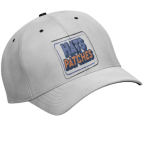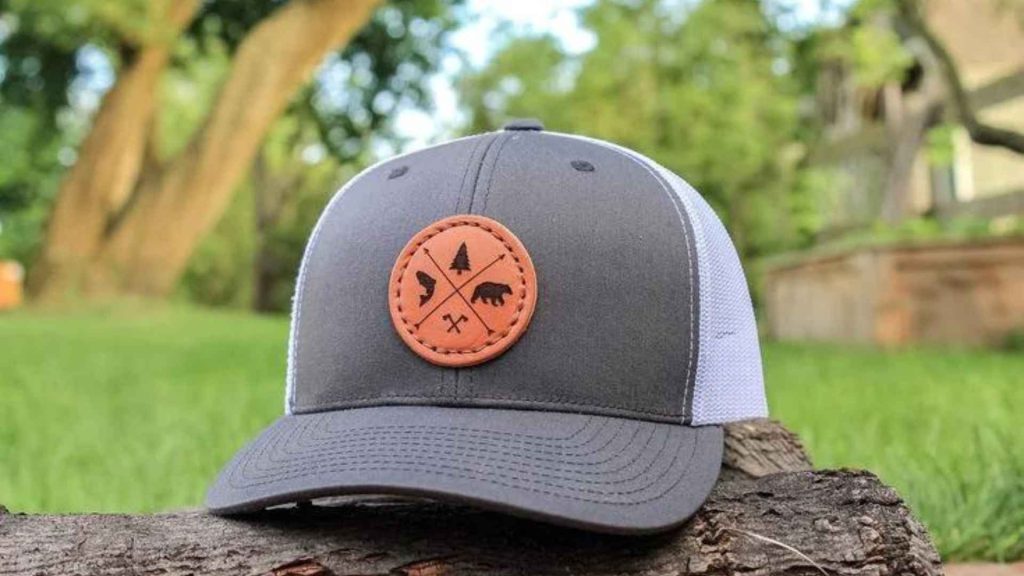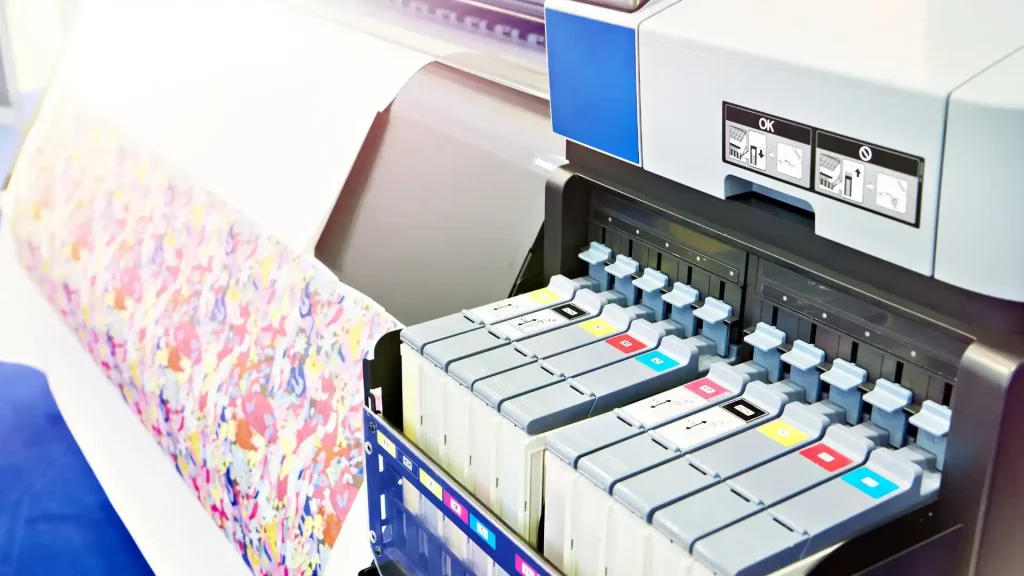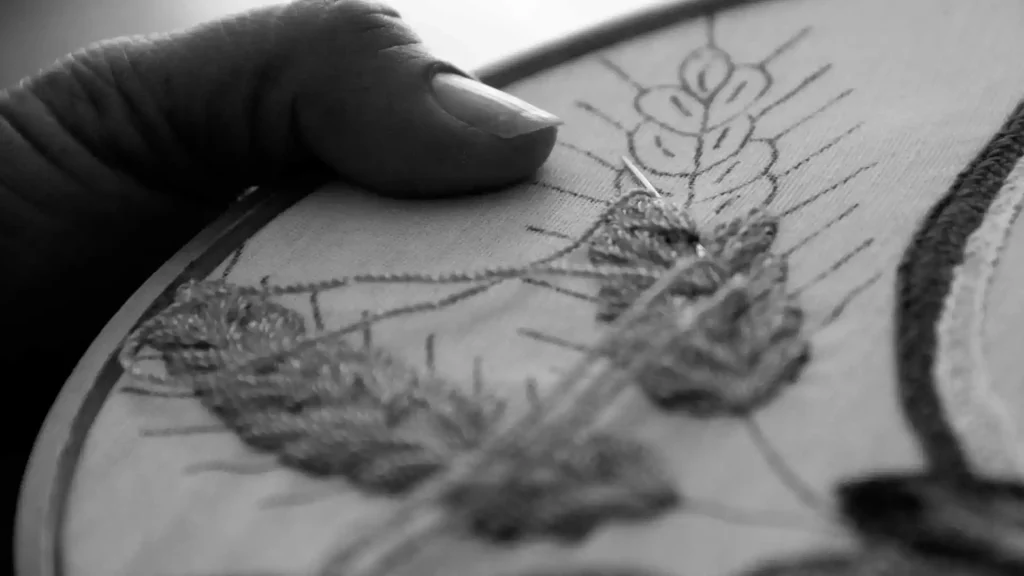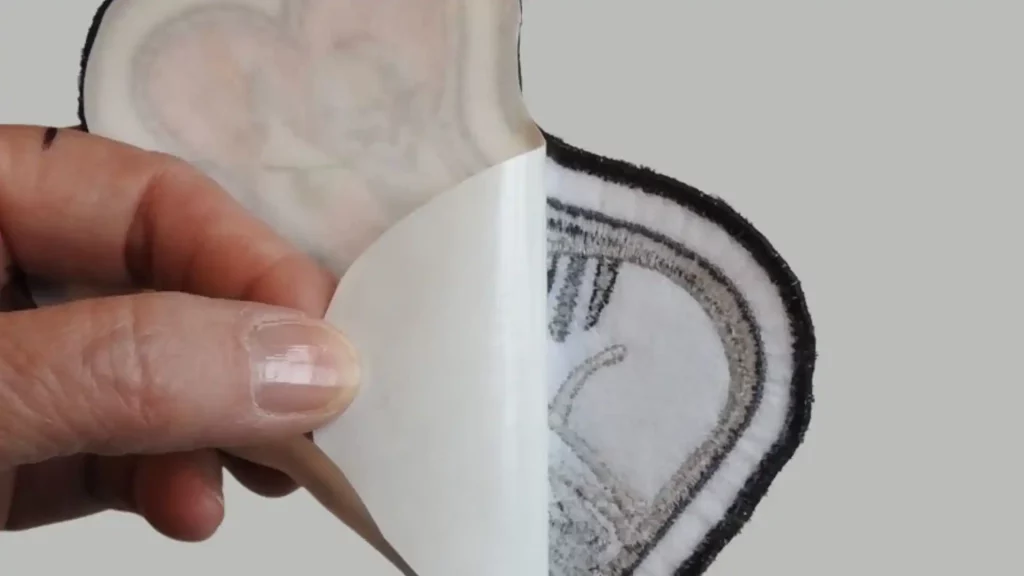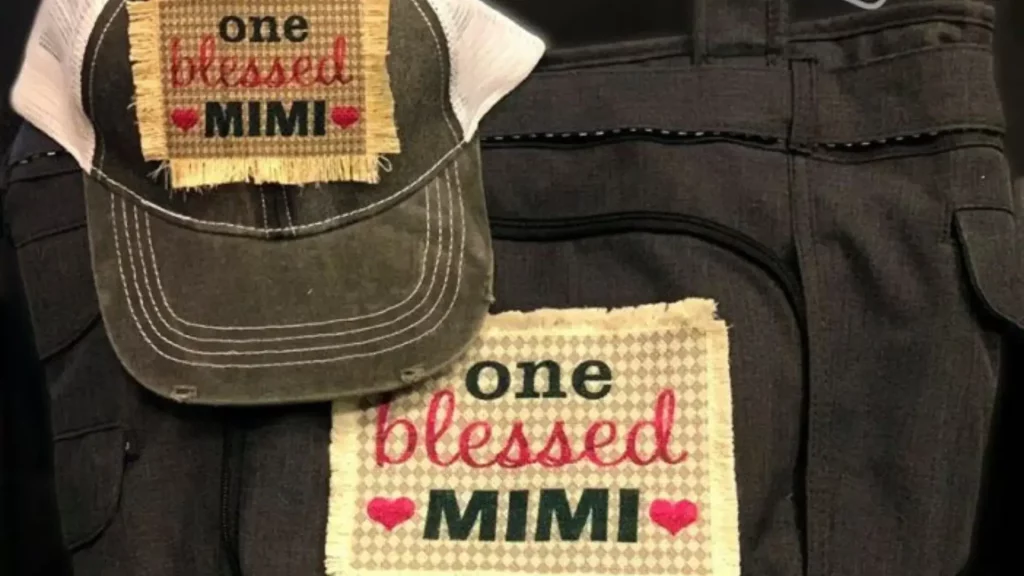How To Sew A Patch On A Hat
Learn how to sew a patch on a hat in this ultimate step-by-step blog! Replace It: A Beginner’s Guide for Sewing a Popular Hat Patch in Basic and Simple tasks! Are you thinking of customizing your #1 hat with a patch? There’s an opening or a developed spot you want to cover. Or, on the other hand, are you simply giving it that exceptional touch to make it entirely yours and reflect your style? Whatever the case, luck has smiled on you since this blog will provide a thorough way to deal with effortlessly adding patches to hats. As you explore the patch world, prepare to discover unique methods for how to sew a patch on a hat. Quick information in this blog How to Sew Patches on Hats Sewn patches are a great way to give your accessories, especially hats, personality and originality. Regardless of whether you are new to sewing, it’s easy to connect an intelligent custom patch to a hat with no difficulty at all. How to Sew an Embroidered Patch on a Hat After placing the patch in the desired location: Thread the Needle with the appropriate thread. Sew around the patch’s edges, going through the hat fabric and the patch. Tie the line, and you’re finished! What You Will Need for Sewing a Patch The most crucial phase in effectively patching your hat is picking the suitable materials. You’ll require this: Choose a Hat Pick a hat that you need to decorate with a patch. It may be a baseball cap, beanie, or some other kind of hat. Appropriate Patch for Your Hat Find a patch that affects you. You can explore online retailers like Hatspatches, Amazon, Etsy, or eBay or visit nearby art stores for a wide choice of patches. Thread and Needle Select a thread variety that increases the patch and the hat. Use a needle with a sharp point that can go through the hat’s surface. Scissors Keep some scissors handy to manage a great quantity of thread. Iron and Ironing Board These are important when using iron-on patches, and the right ironing board can make your undertaking much smoother and faster. Additionally, they help properly iron the patch and guarantee its fixed attachment to the hat. It keeps away from any last detail. Finding the Perfect Patch: How, Where, and What to Look For With regards to picking the perfect patch, think about these critical viewpoints: Buying Choices: Online stores make open-handed decisions about plans and shades of patches. However, you can also get a physical examination at your local craft store to ensure the piece is high quality and suitable for your hat. Material Considerations: Patches can be made of material, knitting, decorations, or leather. Your decision of material must align with your hat’s surface to give a suitable look. Suitable size: Patches should be the right size for your hat and the purpose you want to use them for. The patch should be more significant if it is used to cover a hole. If you’re adding it for style, consider the type you need to finish. Knowing the right size expects uncalled-for size and improves the external presentation. Appropriately Putting the Patch: With the proper placement, patching can provide a quick fix, a creative outlet, or a personality change to your hat. How it’s done: Why Patch Placement Matters? Some improper position could beat your hat as opposed to restoring it. The right place can show off your style, bring more interest to the eye, and bring out the design. The shape, size, and style of the hat, as well as the patch’s design and size, should all be considered. Eventually, excellence lies in how cautiously and finally you place your patch. Guidelines on How to Position the Patch: In the wake of knowing the ideal spot for your patch, guarantee it’s in unity with different patches, if any, to expect an uneven look. Passing designs are gone; style is everlasting, as is your patch’s situation. Iron-On Patches: An Easier Alternate Iron-on patches offer flexibility for individuals who are not gifted thread wielders. Preparing strictly and with an iron-on patch could be your answer: What Is An Iron-On Patch? This kind of patch has an adhesive backing, so you only need an iron to stick it to the fabric of your hat. You understand when and why to use it will improve your patching ability. Sewing Your Patch: A Step-By-Step Process Step 1Gather the necessary materials for sewing a patch on a hat Before you begin sewing, gather the vital materials for attaching a patch to a hat: hat, patch, Needle, thread, scissors, and pins. Having all that prepared will guarantee a smooth sewing process. step 2Pick the ideal spot to sew your patch Track down the best area on your hat to connect the patch. Explore different ways regarding various positions and briefly use pins to get the patch. Find the situation that suits your style best. step 3Set up the hat and patch for sewing Lay your hat on a neat surface and casual up the control if important. Thet the region for joining the patcguaranteed to be perfect and free from waste and debris. Check the patch for free threads or excess surfaces that could upset the sewing system. step 4Thread the Needle for sewing Thread the Needle with a shade of thread that extras the patch. Try to use a thread length two times the regular length regular. Tie a bunch toward the finish of the line to get it. step 5Start sewing the patch onto the hat With the patch fixed set up, begin sewing along one edge. Choose a whipstitch or a running stitch for a neat and professional finish. Go the Needle through the patch and hat surface, beginning from the next. step 6Guarantee a protected connection Build up the sewing by going the Needle through the surface and patching it a couple of additional times. This step will add strength
How To Sew A Patch On A Hat Read More »
